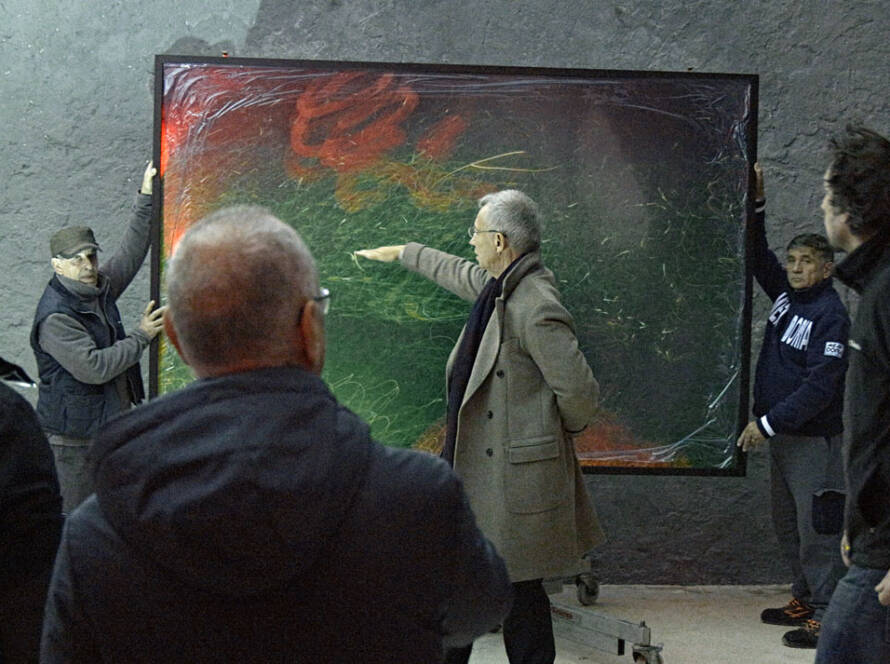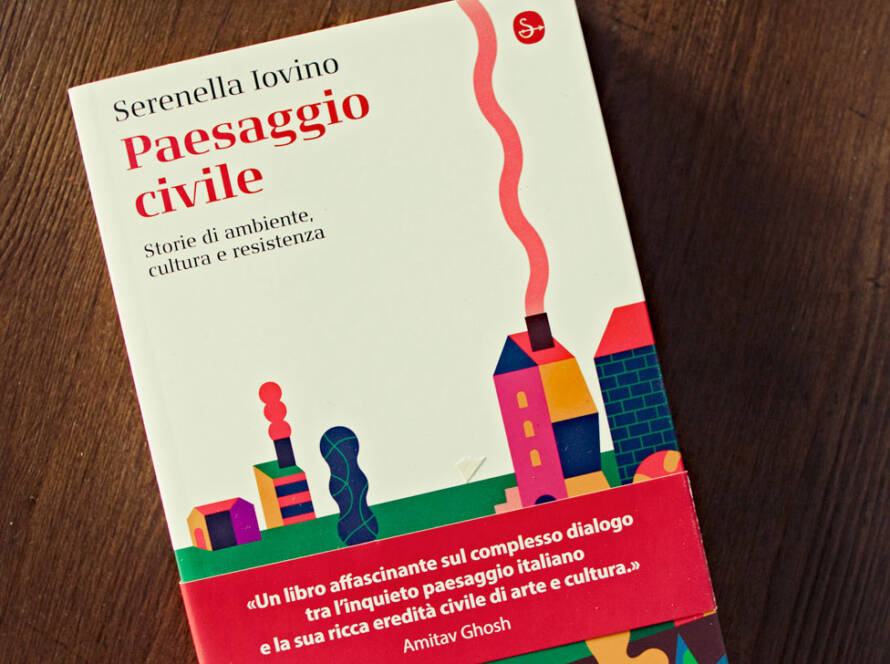by Salvatore Settis Napoli Explosion
It took the convergence of an unparalleled location (Capodimonte collection), a director at the end of his tenure (Sylvain Bellenger), and the multi-year project of a true Neapolitan (Mario Amura) to launch "Napoli Explosion," an exhibition where photography, painting, and reportage merge and blend. On the edge of the Real Bosco and overlooking the regal museum, in the austere "cellar" where wines and provisions were stored in the Bourbon era, forty large photographic prints (up to about five meters by two) are displayed in a phantasmagoria of colors. It seems one sees now a pond of water lilies, now a seabed populated with jellyfish, a meadow dotted with flowers, the constellations of an exotic sky, the crowded lights of a distant metropolis, the flashing of headlights in a river of cars on the highway. Sometimes, in this festival of luminescence, Vesuvius reigns in the distance. For thirteen years, Mario Amura, with a small procession of friends armed with cameras, climbs Mount Faito (opposite Vesuvius, over the Bay of Naples) on New Year's Eve, waiting for midnight when fireworks explode in the houses below. Moving their lenses freely, each takes dozens or hundreds of photographs, arbitrary captures of an equally whimsical pyrotechnic jubilation. From this unexpected inventory of explosions and glows, thousands of photos, or pictorial hypotheses, emerge, spanning the most extreme abstraction to the irruption into a figurative imagination where all shapes suggest something beyond themselves. All except one: Vesuvius. Amura truly has something to tell. His work is a photographic record of a joyous, calendrical chorality: the thousands of people who entrust their surge of emotion to the fireworks contribute, unwittingly, to a work of photographic painting. The ultimate meaning of this collective ritual is thereby inverted: it appears not so much as the unleashing of blind celebration, but rather as a sort of powerful exorcism. Naples responds to the perpetual threat of Vesuvius by competing with it, unfolding before it a kind of ephemeral eruption, which only photography can fix in memory. Therefore, "Napoli Explosion" is an autobiographical work, a hymn of Naples to itself. And to Vesuvius. Herein lies the "news" that emerges from this atypical chronicle of a night, from the multiplicity and concatenation of shots in "Napoli Explosion": year after year, the Neapolitan people stage their own eruption and display it to the looming volcano, as homage or as a challenge. It is also a challenge to time: moving the devices like butterfly nets, the photographers capture distant lights; changing the exposure times, they fix and distill the path of the fireworks in the air. The triangulation between the pyrotechnic chorus of the Neapolitans, Vesuvius as the recipient of the tribute, and Amura with his fellow adventurers triggers a highly authorial moment where the director's intuition and work compile his anthology of evocative stories and images. THE SHOTS TAKEN ON NEW YEAR'S EVE ARE HALFWAY BETWEEN ABSTRACT ART AND NEW FIGURATIVISM. The outcome we see (unintentional?) sits at the crossroads between abstract art and new figurativism. But even the most abstract images, born from the close dialogue of the photographic lenses with the anonymous crowd unleashing the fireworks, carry a strong narrative content, indeed two: an apparent narrative, for what the images seem to evoke (sunsets, children's games, seabeds), and the real narrative of New Year's nights in Naples. The hyperbolic coexistence between people and Vesuvius brings to light the city's imaginary. The powerful figurations of "Napoli Explosion" absorb the likeness to the real of photography, and by incorporating it into the artist's conceptual and technical work, they return it as a vision, a ritualized hallucination. As an aspect of reality, but also as a lasting ritual, a promise of perseverance.Mario Amura Napoli Explosionhttps://napex.art/Il Sole 24 Ore Sunday 17 March 2024 - N.76

Salvatore Settis, Maria Michela Sassi e Mario Amura



